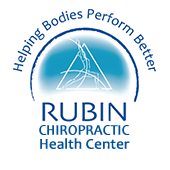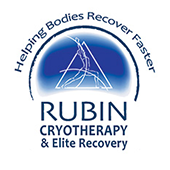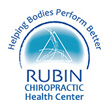
The gait cycle is the continuous repetitive pattern of walking or running. The gait cycle is split into two main phases, stance and swing, with one complete gait cycle including both a stance and swing phase.
The stance phase is the period where the foot is in contact with the ground and equates to 60% of the cycle when walking. The swing phases makes up the remaining 40%. During walking there is a period called double stance, where both feet are in contact with the ground. The swing and stance phases can be further divided into:
Stance
- Heel Strike – The Point When The Heel Hits The Floor
- Foot Flat – The Point Where The Whole Of The Foot Comes Into Contact With The Floor
- Mid Stance – Where We Are Transferring Weight From The Back, To The Front Of Our Feet
- Toe Off – Pushing Off With The Toes To Propel Us Forwards
Swing
- Acceleration – The Period From Toe Off To Maximum Knee Flexion In Order For The Foot To Clear The Ground
- Mid-Swing – The Period Between Maximum Knee Flexion And The Forward Movement Of The Tibia (Shin Bone) To A Vertical Position
- Deceleration – The End Of The Swing Phase Before Heel Strike
When running, a higher proportion of the cycle is swing phase as the foot is in contact with the ground for a shorter period. Because of this there is now no double stance phase, and instead there is a point where neither feet are in contact with the ground, this is called the flight phase. As running speed increases, stance phase becomes shorter and shorter.
Corrections To Your Gait Cycle
If it is found that there is an abnormality of your gait cycle, this can usually be corrected with a change in footwear, the use of orthotics or an exercise program. Running shoes usually cater for those who either overpronate, oversupinate or have a neutral position. It is important to make sure you have the right running shoes for your style of running, and we can help you decide what is right for you.


